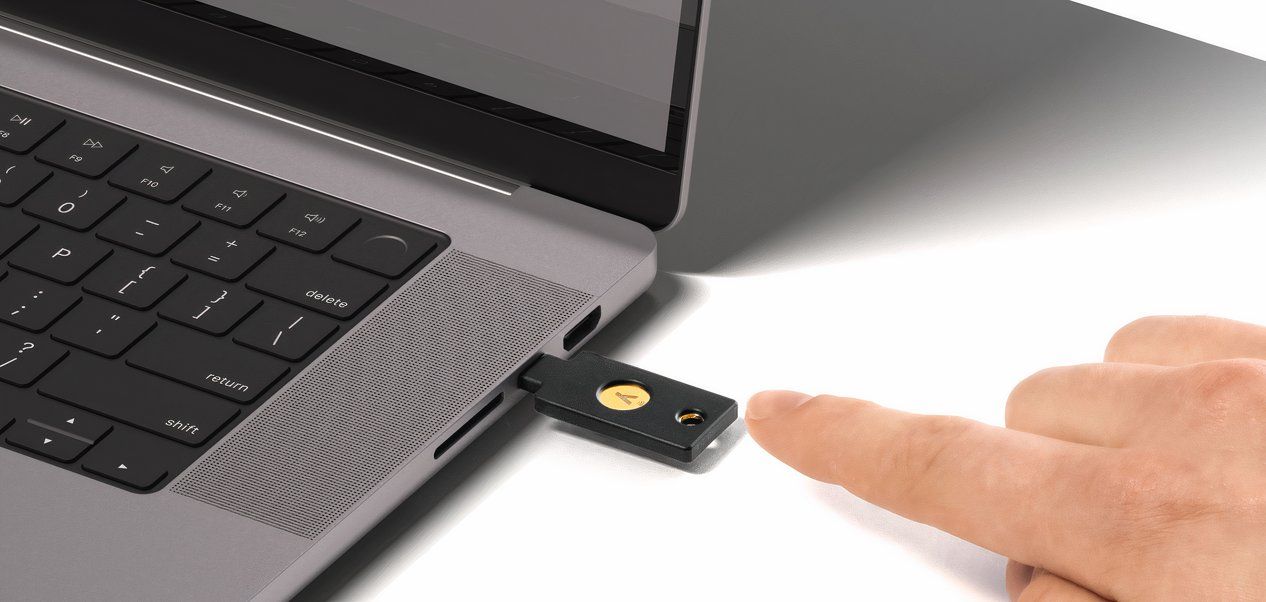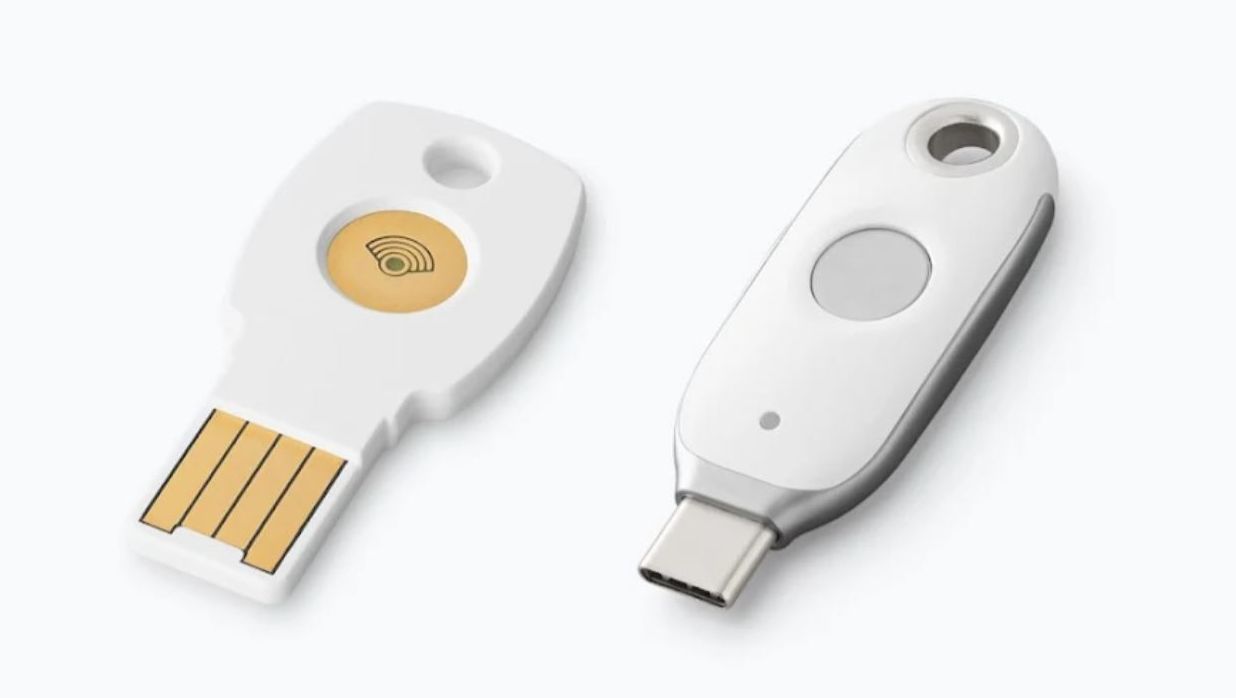Just one successful hack could cause you to lose everything—your data, your account, and your peace of mind. That’s why I ditched text messages and authenticator codes and switched to a safer alternative.
Quick and Easy Logins
Switching to a security key completely changed how I log in—it’s much faster and easier. Two-factor authentication (2FA) used to be such a pain. I’d have to grab my phone, find a text code (or open an authenticator app), and type in a six-digit code before it expires. But now, with a security key, all that’s a thing of the past.
Now, I just plug into my computer or connect wirelessly via NFC (Near Field Communication) to authenticate my login. It’s highly secure and lightning-fast, so I no longer wait for delayed text messages or worry about typing in the wrong code. Just a quick tap or click, and I’m in. I’ve even set it up for multiple accounts: email, Instagram, X, and more. It’s like having one passkey that unlocks all my digital doors.
Most Secure 2FA Method
Two-factor authentication (2FA) adds an extra layer of security to your account, though all 2FA options are not the same. SMS codes can be intercepted, and app authenticators (while more secure) still rely on software that can be compromised if your phone is lost, stolen, or hacked.
Security keys, however, use strong encryption and communicate only with legitimate websites. Built on the FIDO U2F and FIDO2 standards, they use cryptography to ensure you’re logging into a real site, not a fake one designed to steal your info. If a hacker tricks you with a fake login page, your key won’t react. That level of phishing protection is something no other 2FA method can match.
Big names like Facebook, X, and Microsoft use security keys. Apple now supports them for Apple ID and two-factor authentication, while Google uses them internally to secure employee accounts. Cybersecurity experts and organizations like NIST and ENISA call physical security keys the gold standard for account protection.
I might not be a big target, but knowing I’m using the same protection trusted by cybersecurity pros gives me real peace of mind.
It Works Offline—No Phone Required
Another thing I love about a security key is that it works entirely offline—no phone is required. Even if my phone gets lost or stolen, I’m still in control because the key isn’t tied to it. I remember one time when I was traveling, my phone battery died. With regular 2FA, I’d have been locked out, but with a security key, that’s not a problem anymore. It doesn’t need a signal or the internet to do its thing.
As long as I have the key, I can log in on any device, whether I’m 30,000 feet up using airplane Wi-Fi or hiking in the middle of nowhere with no reception. It’s the ultimate backup to stay secure anywhere, anytime. No apps to install, no codes to fumble with, and no batteries to worry about. The security key takes care of everything itself.
Protects Against Phishing Scams
Phishing emails and fake login pages are everywhere, and even smart users slip up sometimes. With regular two-factor authentication, if you enter your code on a phony site, an attacker can use it right away. However, security keys are built to prevent that nightmare scenario. They use a feature called origin binding, which means they only work on legitimate websites. So, if I plug my key into a fake site pretending to be my bank, it won’t work, as the key knows something’s off and refuses to log in.
Big companies have adopted security keys to stop phishing with great success. For example, according to Krebs on Security, Google made all employees use them and hasn’t had a single phishing incident on work accounts since. Cloudflare, another major tech company, faced a sophisticated phishing attack that tricked some employees, but attackers couldn’t access accounts because the security keys blocked them.
These real-life examples boost my confidence. If a simple $25 key like a USB-C Yubikey can block phishing attacks that even big tech companies worry about, it’s enough to protect me from everyday scams. Using a key feels like having a phishing shield that’s always on. I feel much safer logging into sensitive accounts like email or finance, where one phishing mistake could be a huge problem.
Immune to SIM-Swapping Threats
Beyond phishing, security keys also protect me from SIM-swapping attacks. Basically, SIM swapping occurs when a scammer tricks your mobile carrier into transferring your number to their SIM card. Once they have your number, they can intercept your SMS codes or calls, giving them access to accounts that use 2FA using text messages.
There have been high-profile cases, like when Twitter CEO Jack Dorsey’s account was hacked through a SIM swap. Some cryptocurrency investors have also lost large sums after their phone numbers were stolen. Hearing these stories was chilling—it made it clear that SMS-based security isn’t as safe as I once thought.
Security keys, however, are completely immune to SIM swapping. Since my key isn’t tied to my phone number or carrier, there’s nothing for a hacker to reroute. A scammer can’t call my provider and transfer my key as they can with a SIM card. They’d literally have to steal the device, and even then, they’d still need my password or PIN on the key.
That’s why cybersecurity experts say the best way to defeat phone-based attacks is to avoid relying on your phone. And a security key does exactly that.











Leave a Comment
Your email address will not be published. Required fields are marked *